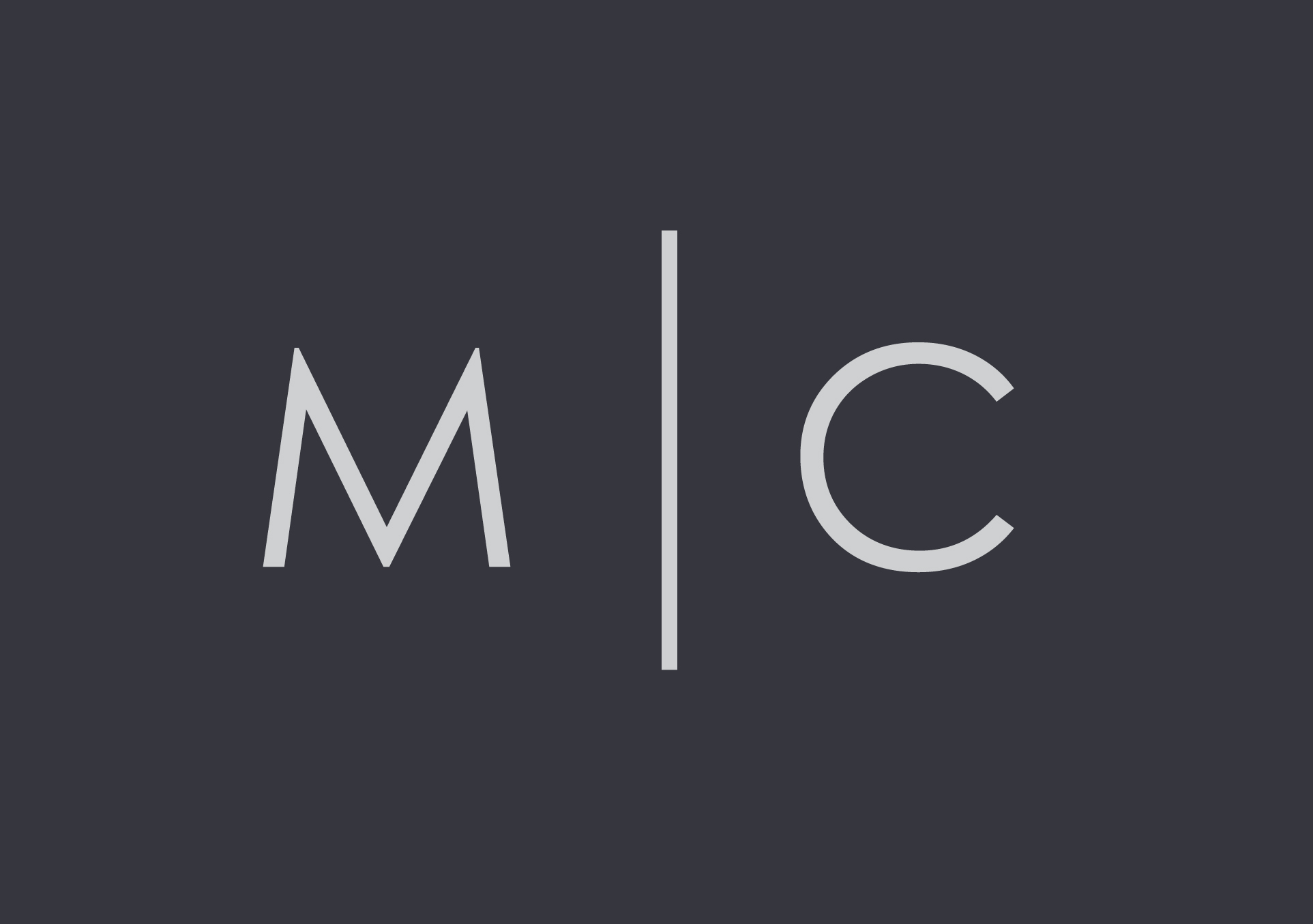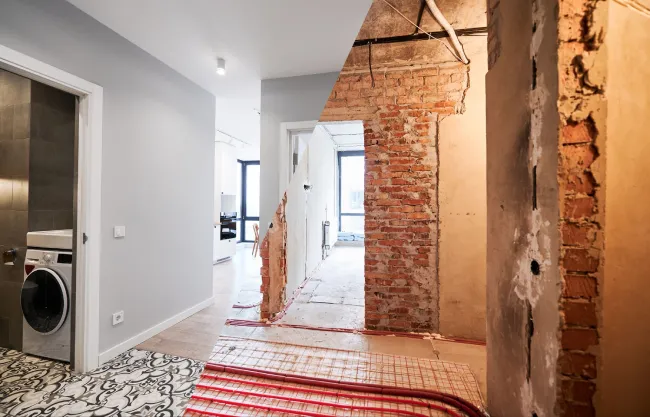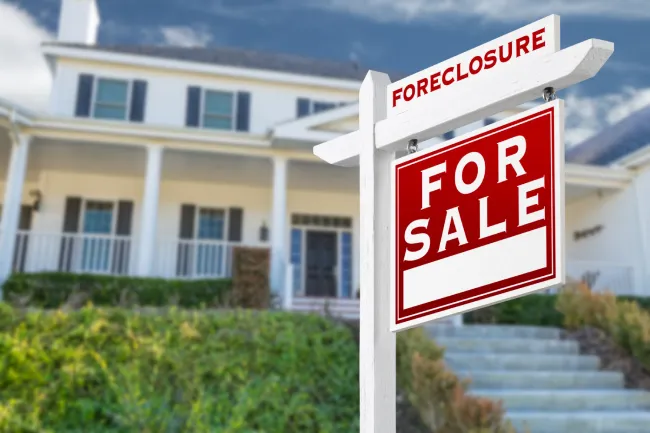Investing in multifamily properties is an excellent way to diversify your investment portfolio. These investments provide more passive income and reduce your vacancy rates. When you invest in a single-family home, your vacancy rate will be 100% when a tenant moves out. By contrast, multi-family properties have multiple units. This means that even if one tenant leaves, you’ll still derive income from the remaining units.
If you’re considering a multifamily property investment, this guide explains what to know about multifamily investing, what to look for, and how to obtain financing.
What is a Multifamily Property?
Multifamily properties are residential properties with two or more units. The following are common examples of multifamily properties:
- Duplexes or triplexes
- Condominium complexes
- Apartment buildings
- Apartment complexes
- Mixed-use properties
Since these properties have multiple units tenants can lease, they also mitigate vacancy risks for property owners. Because of this, multifamily properties can be an attractive option for commercial real estate investors. However, you must conduct due diligence when you search for the right property.
Benefits of Multifamily Real Estate Investments
Multifamily property investments are considered commercial real estate investments even though they are residential properties. Since they have multiple units, they also offer additional monthly income sources. The right property should also steadily appreciate.
Investing in multifamily real estate provides you with the following benefits:
- Higher cash flow vs. single-family homes
- More stable property values vs. single-family homes
- Passive income from multiple sources
- Reduced risk from the loss of a tenant
- Amenable to hiring a property management company for repairs and day-to-day operations
- Tax benefits, including depreciation, mortgage interest deductions, and property tax deductions
- Scalability
Potential Disadvantages of Multifamily Real Estate Investments
While investing in multifamily property offers significant advantages, you should also be aware of the following potential disadvantages:
- Competition for properties – May compete against institutions and high-net-worth investors for properties
- Rents constrained by household incomes – Tenants’ household incomes might prevent you from raising rents meeting or exceeding inflation
- Need to maintain high occupancy levels – Should maintain occupancy levels of at least 90% for financing
- Market saturation – Must ensure there is a demand for rentals in the area and that the market isn’t saturated
Illiquid investment – Long-term investment that should be held up to 10 years
Multifamily Property Factors to Consider
Finding a good multifamily property for investment involves more than looking at listings online. You’ll need to conduct a market analysis to ensure the area isn’t saturated and find a property listed at below market value.
Your primary concern should be the property’s financial figures, including:
- Vacancy rates
- Comparable area property valuations
- Capitalization rates
- Area rental demand
- Historical rents
- Property condition
- Appraisals
A building’s financials will show its bottom line and value. You should also consider the following factors when deciding whether a property is a good multifamily investment:
- Location – Where the building is located can make a difference in its desirability to potential tenants. The property should be in a growth area with in-demand properties and a well-maintained, low-crime neighborhood.
- Number of rental units – Look at how many rental units the property contains. Generally, buildings with two to four units are less expensive and carry lower risk for beginners.
- Number of bedrooms per unit – Look at how many bedrooms each unit has, and compare that number with what average renters are looking for in the area.
- Rental income potential – Look at both the building’s historical rents in the past couple of years, its vacancy rate, and average rents in the neighborhood from other properties.
- Current property owner – Bank-owned multifamily foreclosures are typically cheaper than others because financial institutions want to get rid of them as quickly as possible. However, you’ll need to check the property’s history to find out whether it’s a good deal or something to pass up. For example, a property that went into foreclosure might have had high vacancy rates, poor maintenance, or other issues that caused the previous owner’s default.
It’s a good idea to work with a realtor or real estate attorney who specializes in multifamily properties for help with conducting thorough due diligence on a property before moving forward.
Financing Multifamily Real Estate Investments
Most investors turn to financing to secure multifamily real estate. Available financing types differ from the normal mortgage process when you want to purchase a non-owner-occupied multifamily real estate investment property.
It is possible to get a loan insured by the Federal Housing Administration (FHA) or a loan through FNMA and FHLMC if the property meets underwriting guidelines.
This means you’ll need to secure commercial real estate financing. Here are some caveats about this type of financing and what to expect.
Conventional Loans
You can get a conventional loan to purchase multifamily real estate. You should expect to make a higher downpayment than for other mortgage types. You should expect to make a higher down payment on a conventional mortgage for a non-owner-occupied property, typically 25% or more.
If you want to go with a conventional loan to purchase a multifamily property, you must have a credit score of at least 640. However, most banks will want you to have a credit score of 700 or greater.
Hard Money Loans
Hard money or bridge loans can be an attractive option for investing in multifamily real estate, however, they have shorter terms than other property mortgages.
Since a bridge loan is secured by the property as collateral, your credit score is not as important. Instead, Macoy Capital approves investors based on the value of the property. You’ll still undergo a credit and financials check, but it won’t be as stringent.
The closing process is typically much faster with a bridge loan than a traditional mortgage, allowing you to make a fast purchase. However, expect the interest rate to be higher and the loan’s term to be significantly shorter.
If you go this route, make sure you know when your investment will be profitable. Hard money loans are ideal when you anticipate your building becoming profitable within a year or two since the loans’ terms are typically a few years. It can be a good stop-gap measure to purchase a multifamily property when you anticipate fast profitability and the ability to secure a conventional or commercial loan in the future to replace it.
Talk to Macoy Capital About Investing in Multifamily Real Estate
If you’re ready to take the next step with multifamily real estate investing to add rental properties to your portfolio, contact Macoy Capital to learn about our multifamily loans. We specialize in helping commercial real estate investors secure the capital they need to purchase multifamily investments. Call us today to learn more about how we can help.







